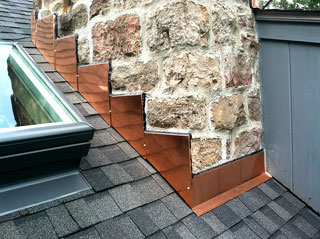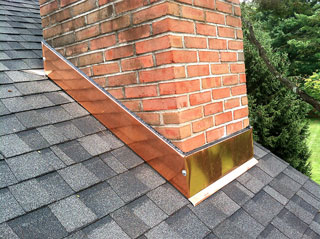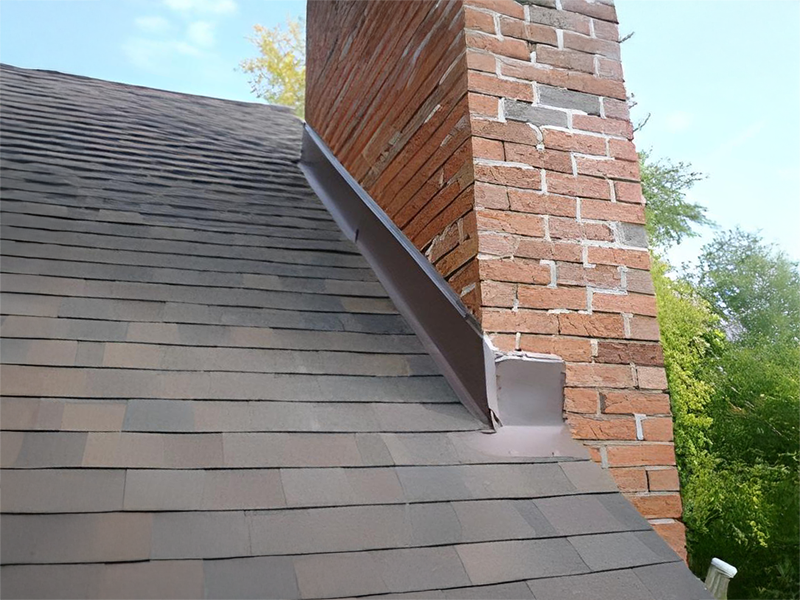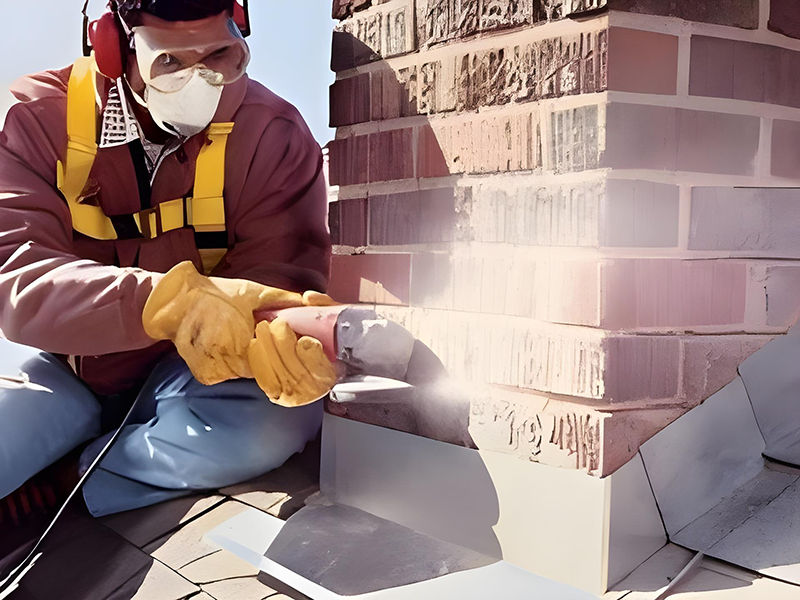Metal trim and flashing details represent essential elements of your roofing system that protect vulnerable transition points where water infiltration commonly occurs. Understanding these components helps you make informed decisions when comparing roofing quotes and ensures your roof delivers optimal performance and longevity. Three primary metal components deserve particular attention when planning your roofing project: drip edge, wall flashings, and chimney flashings.
Spring is the perfect time for homeowners to check the condition of their roofs and make any necessary repairs or maintenance. Regular roof maintenance is important to ensure the longevity of your roof.These specialized metal components protect the vulnerable transition areas where your roof meets vertical surfaces like walls or chimneys.
In today's competitive market, many contractors quote the cheapest flashing methods to create more attractive pricing. Educating yourself about proper flashing options helps you make informed decisions that balance initial cost with long-term performance.
Small L-shaped metal pieces woven between shingle courses to prevent water penetration at the corner created by roof-wall intersections. These essential components create a seamless transition that directs water down and away from vulnerable junctions.

Custom-bent metal pieces that are either sealed or grouted into sidewalls to provide secondary protection behind step flashings. These components also create a finished appearance by concealing the stepped pattern of the primary flashing system.

Require step flashings woven through shingles, combined with counter flashings for aesthetic appearance and to prevent water intrusion behind the primary flashing. Proper installation in masonry requires specialized techniques to ensure waterproof integration.s and make any necessary repairs.
Step flashings are typically woven through shingles and tucked behind siding for concealed protection. Counter flashings are generally unnecessary with siding applications, but missing step flashings should always be installed during roof replacement to maintain water barrier integrity.
Similar to siding, step flashings are often tucked behind or integrated within stucco layers, making replacement challenging during reroofing. Careful inspection of stucco condition and existing flashing integrity is essential before proceeding with roofing work.
The irregular surface of stone walls presents unique challenges. Professional installation often requires grouting into the wall to create an even surface for flashing application. Softer metals like copper and lead can better conform to stone irregularities, while proper step flashing remains essential for shingle transition integrity.
The superior method for securing flashings to walls and chimneys ensures that water traveling down vertical surfaces is properly intercepted and directed onto the roof surface. While more time-consuming and costly than alternatives, this technique provides maximum protection and durability.


A faster and less expensive finishing approach that relies on caulking to create waterproof seals at junctions. While initially less costly, this method requires more frequent maintenance as sealants deteriorate over time, potentially creating vulnerabilities in your roofing system.
When comparing roofing quotations, careful attention to these seemingly minor details can significantly impact your roof’s long-term performance and protection. Professional consultation helps you balance immediate budget considerations with the lasting value of proper flashings that prevent costly water damage.